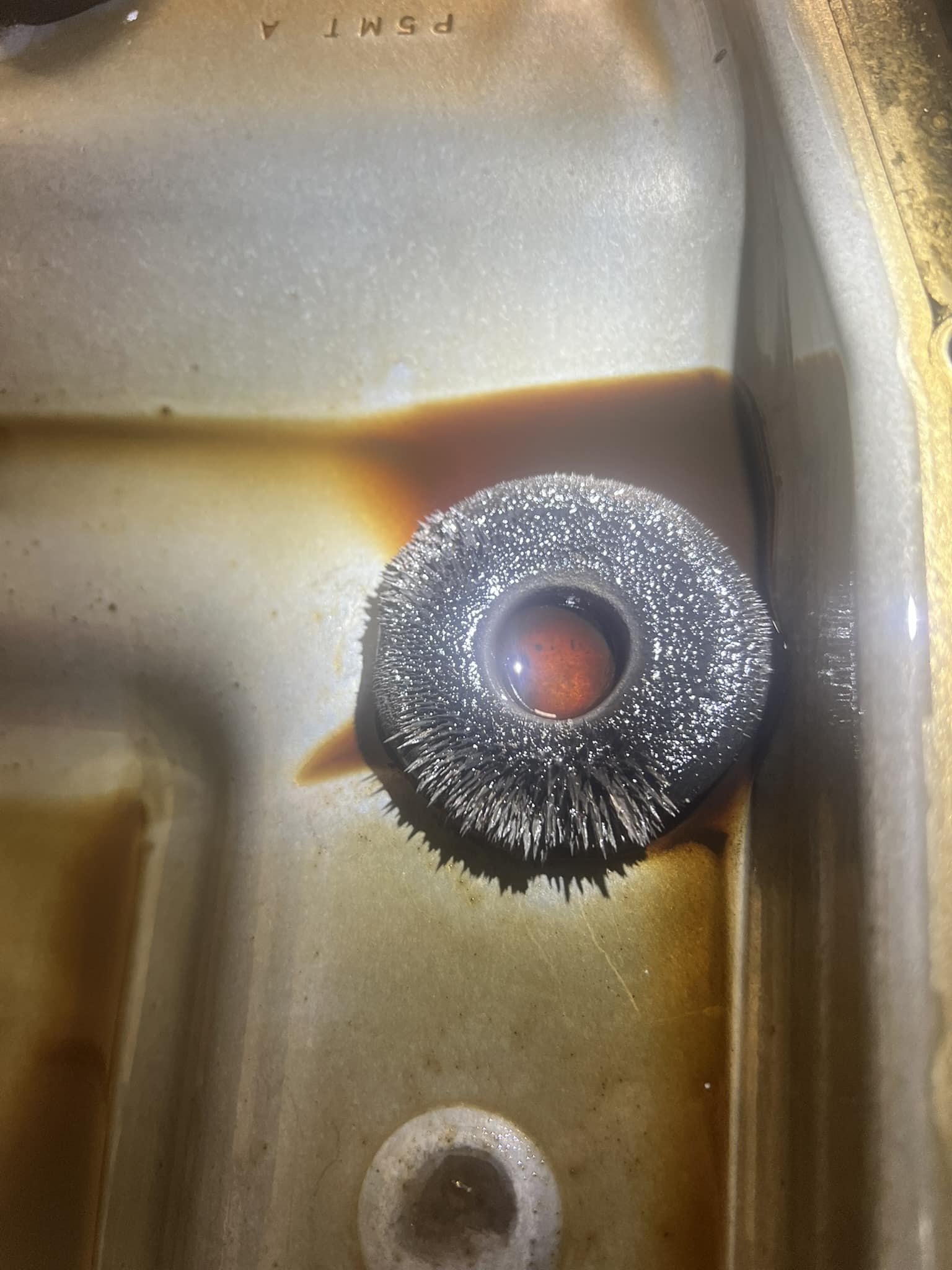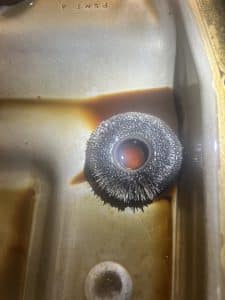6R80 Torque Converter Lockup P0741

6R80 Torque Converter Lockup P0741
6R80 Torque Converter Lockup P0741 Pressure: What’s Normal, What’s Not
How to Diagnose Pressure Irregularities in Ford’s 6R80- 6-Speed Transmission
This article is created for automotive professionals and enthusiasts. The idea behind it is simple: if knowledge is power, then we are happy to share what we know with you.
If you’re working on a Ford 6R80 automatic transmission—in Australia, 6R80 is common in Ranger, Everest, F-Series, and Falcon Ute platforms—understanding torque converter clutch (TCC) pressure behavior is key to diagnosing lockup issues, harsh shifting, and drivability complaints. This article breaks down what normal pressure looks like, what symptoms suggest a deeper problem, and how to test it.
Why Torque Converter Pressure Matters?
The 6R80 uses a hydraulically applied torque converter clutch to lock the engine directly to the transmission at cruising speeds. This reduces slip, improves fuel economy, and lowers transmission temperatures. But for this to work properly, fluid pressure must rise instantly and stabilize during key operating conditions.
That’s because oil pressure is what separates the friction material from the converter cover when the clutch is disengaged—and locks it up under load. Delays, fluctuations, or dropouts in pressure can cause shudder, drag, or TCC slip codes like P0741.
Normal TCC Lockup Pressure Values (Test Bench & Live Data)
| Condition | Lockup Pressure (psi) | Pressure (bar) |
|---|---|---|
| Cold Startup | 70–75 psi | 4.8–5.1 bar |
| Normal Operating Temp | 65–68 psi | 4.5–4.7 bar |
| Reverse Gear (Transient) | ~50 psi (then recovers) | ~3.4 bar |
At cold start, the system should instantly build 70–75 psi to disengage the clutch and maintain smooth idle. Ideally, this can be checked in the morning when the transmission is truly cold.
As fluid warms and thins, the system will naturally stabilize at 65–68 psi.
Selecting reverse causes a brief drop to ~50 psi, but it should rebound quickly—this is a normal effect of the fluid rerouting inside the torque converter circuit.
Pressure Testing the 6R80
You can monitor TCC apply pressure through:
A scan tool capable of showing TCC solenoid data or clutch slip RPM. In Brisbane Tuning & Turbo, we use our “Snap-On” scanner.
A hydraulic test bench (if valve body is out). For us this option is only possible once the customer confirms further diagnostics. Two possible outcomes are:
a) The valve body, once checked on our test bench, gets new solenoids.
b) We recommend the valve body replacement as a result of the bench test.
Manual pressure gauge via transmission ports (advanced use only).
Note: Not all scan tools expose direct TCC pressure. Use slip data and solenoid current/command as indirect indicators if needed.
Diagnosing Common TCC Pressure Faults
1. Delayed Lockup or No Lockup
Cause: Stuck or worn TCC valve, blocked solenoid filter, or pump pressure loss.
Brisbane Tuning & Turbo Fix: Valve body rebuild, solenoid flush, or converter inspection.
2. Shudder Under Light Load
Cause: TCC engagement too early or inconsistent pressure
Brisbane Tuning & Turbo Fix recommendations: Check tune files, solenoid modulation, and apply curve.
3. Converter Drag at Idle
Cause: Pressure rise too slow; clutch not fully releasing
Brisbane Tuning & Turbo Recommended Fix: Confirm instant pressure spike at cold start; inspect valve bore wear, replace worn valves.
4. Slip Codes (P0741, P1744)
Cause: Actual fluid loss or command mismatch.
Brisbane Tuning & Turbo Fix: Test for leak-down at TCC circuit; validate solenoid command vs response
Mechanics’ Notes
Primary pressure (line pressure) feeds the entire valve body.
The TCC circuit is secondary, influenced by load and demand from the converter circuit.
If reverse causes an extended pressure drop, suspect internal leakage in the converter circuit or a lazy solenoid.
Final Thoughts
Stable TCC pressure is not just about shifting feel—it’s about driveline protection and torque delivery. If your 6R80 build includes tuning, valve body upgrades, or towing loads, pressure behavior under cold and hot conditions should always be validated. Spotting a 5–10 psi variation can be the difference between a smooth shift and a comeback.
Need Help Diagnosing 6R80 TCC Problems?
We can help you scan, test, repair or rebuild. Book a scan + road test with dyno validation, or ask us about valve body rebuilds and upgraded converters for Ford transmissions. Read this article to learn more about 6R80 problems and fixes.